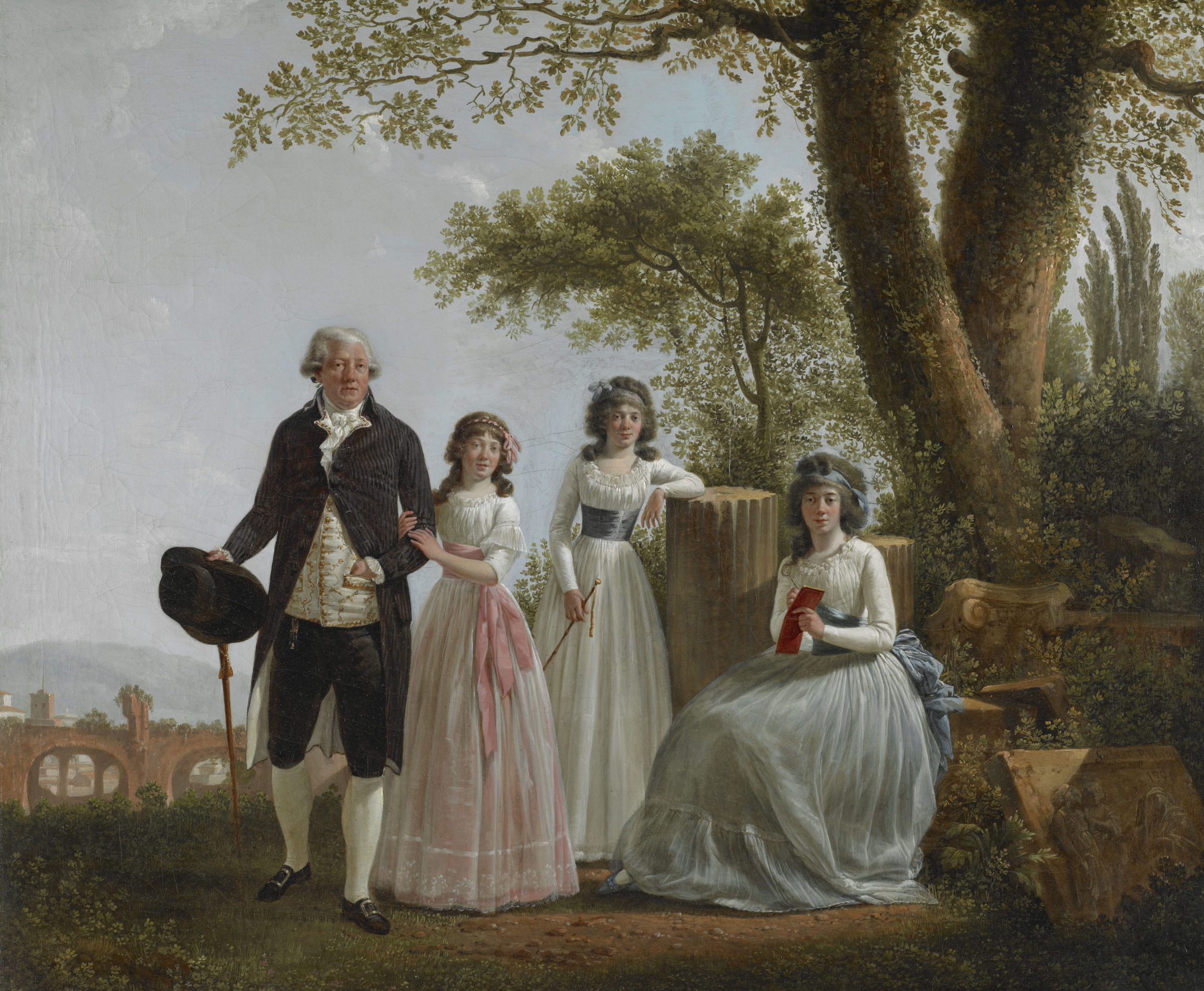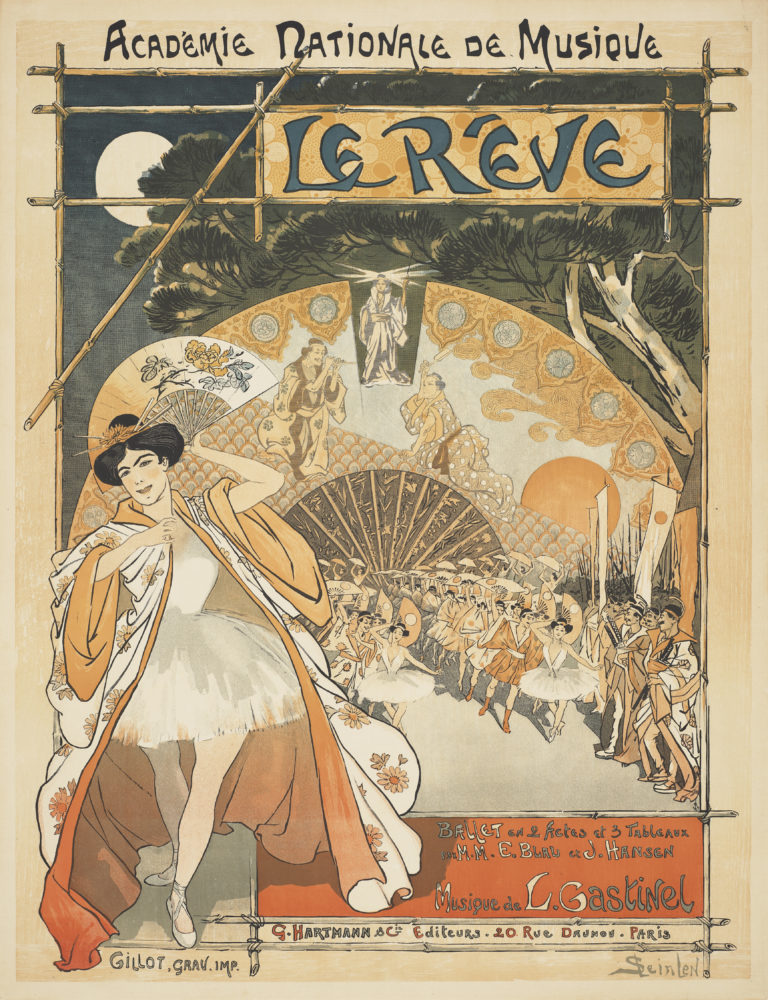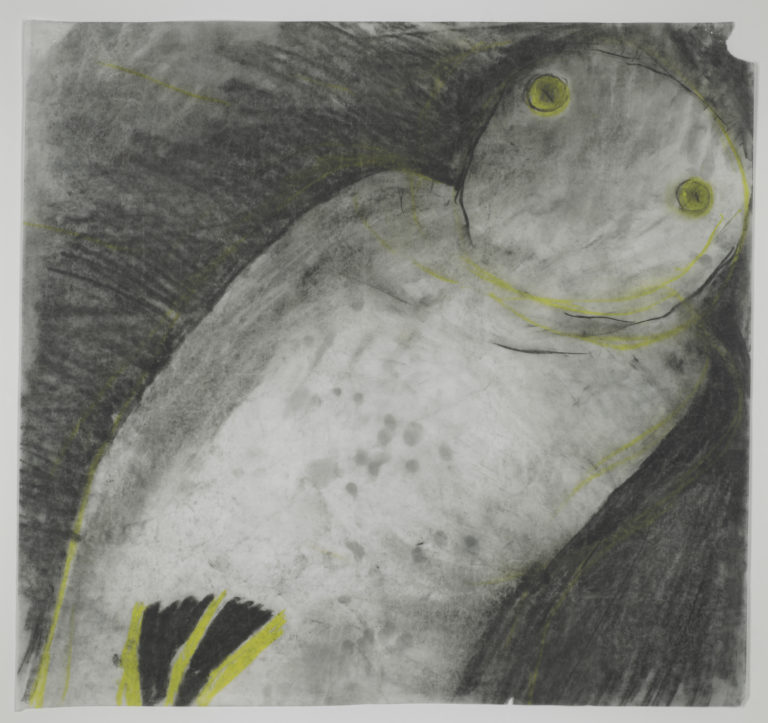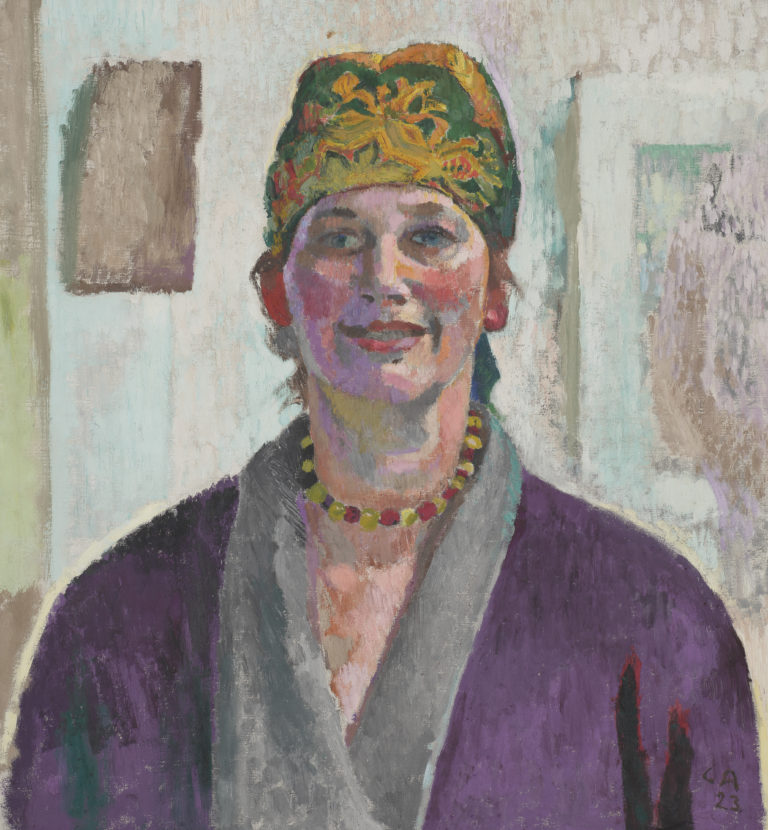Exposé actuellement
The CollectionBibliography
Anne van de Sandt, Les frères Jacques et François Sablet. Collections du Musée des Beaux-Arts de Lausanne, Les Cahiers du Musée des Beaux-Arts de Lausanne n. 19, 2015: n. 13.
Anne van de Sandt et alii, Les frères Sablet (1775-1815). Peintures, dessins, gravures, exh. cat. Nantes, Musées départementaux de Loire-Atlantique, Lausanne, Musée cantonal des Beaux-Arts, Rome, Palazzo Braschi, Rome, Carte Segrete, 1985: n. 24.




This painting, the companion piece to the Museum’s Portrait de famille avec le Colisée (Family Portrait with the Colosseum, 1791), similarly shows a group of tourists in the Farnese gardens in Rome. Behind and below them are the arches of the vast imperial-era Basilica of Maxentius. In the late eighteenth century, its lower walls were still below ground and much of its façade was hidden by vegetation. Many artists working in Rome copied the example of Giovanni Battista Piranesi and Louis Ducros by making it the main focus of their views of the finest monuments of Antiquity. Sablet used it as simple background decor, discreetly hinting at the contemporary fashion for archaeology, like the sculpted bas relief, capitals, and broken columns in the foreground.
It has been suggested that the family pictured is that of the Genevan count Jean de Sellon. He was in Rome in 1791-2 with his three daughters, Henriette, Adélaïde Suzanne, and Jeanne Victoire, then aged twelve to fifteen. He is known to have purchased Sablet’s painting La mort d’Archimède (The Death of Archimedes, 1790, private collection) while in the city.
The gloriously sunlit composition showcases the simplicity and tender human emotions that typify Sablet’s oeuvre. The father is shown holding a switch and dressed in pre-Revolutionary fashions. His hair is powdered and rolled up in curls. His striped velvet frock coat has long, straight panels at the front and his white, gold-embroidered waistcoat comes down to his hips. His daughters, on the other hand, follow the latest fashions, with loose white muslin gowns cinched in at the waist with broad pink and blue ribbons. The oldest girl is shown sitting with a pencil, creating the curious impression that she is in turn sketching the painter commissioned to paint her portrait.